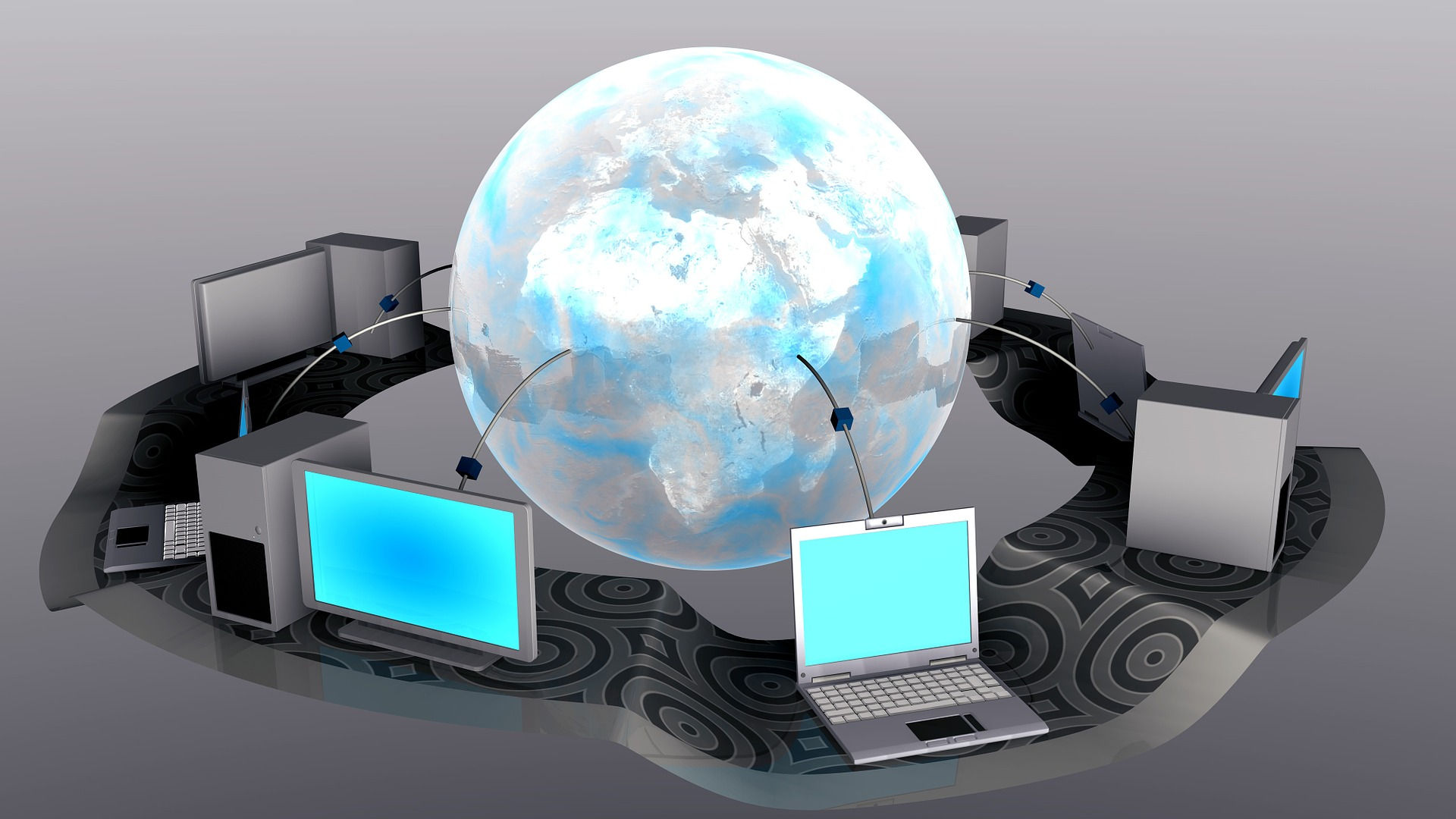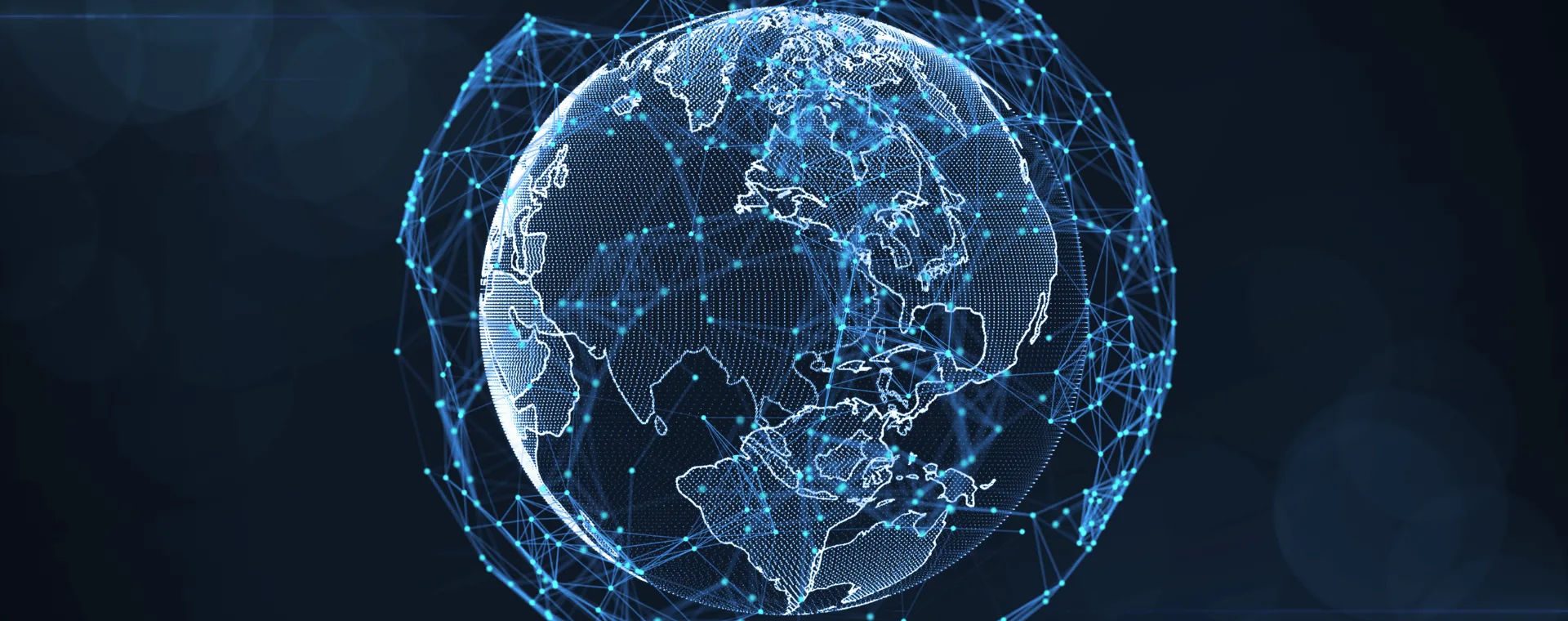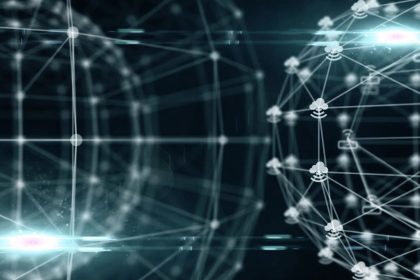Nowadays, the world is rapidly moving towards globalization, and different processes in all countries are beginning to proceed in a similar way. You can easily notice this in the information world: every time something interesting happens in some country or a famous person makes a loud statement, the whole planet starts talking about it in less than an hour. Today people can fully live and enjoy all the benefits of civilization if they have access to information. It allows them to study, work, communicate with people from different parts of the world, have fun and much more.
The Global Information Infrastructure (GII) is needed to ensure that everyone, or at least as many people as possible, has access to information. The term implies a set of equipment, information, communication channels, and servers for data exchange between users. However, the infrastructure should not only be reliable and of high quality, but also be available to all people at affordable prices, as the new digital society provides everyone with equal “digital” rights.
Components of the Global Information Infrastructure
What does the global information infrastructure include? It consists of a set of equipment and information sources that provide global data exchange between governments, companies, individuals, some financial organizations, and so on. The key components of the GII are:
- Information devices. It is impossible to access digital infrastructure without them. These include tablets, smartphones, computers, laptops, smart watches, TVs, set-top boxes, radios and other devices that can receive and transmit data;
- Software support platforms. These include servers, software, general-purpose or special-purpose microprocessors, and all kinds of codecs that ensure the correct operation of programs and help encode data into popular formats and easily transfer them between devices;
- Communication support platforms. This set of equipment includes modems, routers, and equipment directly related to converting signals to data for digital devices. Platforms operate using special communication protocols, such as TCP / IP, SIP, http and so on.

Another important component of the GII is the infrastructure access network. It includes the entire system of cables, wires, and telephone lines that provide signal transmission between equipment and servers. Nowadays there is a wide range of wires that people use as an access network, including fiber-optic and copper wires, cable TV lines, radio channels, satellite channels (Ethernet, 3G/LTE, SAT, xDSL, etc.) and so on. In addition to the access network, there is also a transport network that transmits signals between different networks, such as DWDM, ATM, GigabitEthernet, and so on.
Basic requirements for the GII
Nowadays, the global information infrastructure has a great impact on the lives of both individuals and society as a whole. Therefore, even short-term failures in technology or communication channels cause serious problems. That is why the threat of a cyber-attack on vital structures is now one of the biggest threats at the state level.
Here are the basic requirements for the GII include:
- The infrastructure should be accessible to as many people as possible;
- Resistance to accidents and potential catastrophes of various origins caused by both nature and humans;
- Accessibility of management, which should be as efficient as possible;
- Easy adaptation to new solutions and opportunities.
Global information infrastructure is one of the most important phenomena of modern society that requires special attention and approach.





